12 Types of Lettuce and What to Do With Them
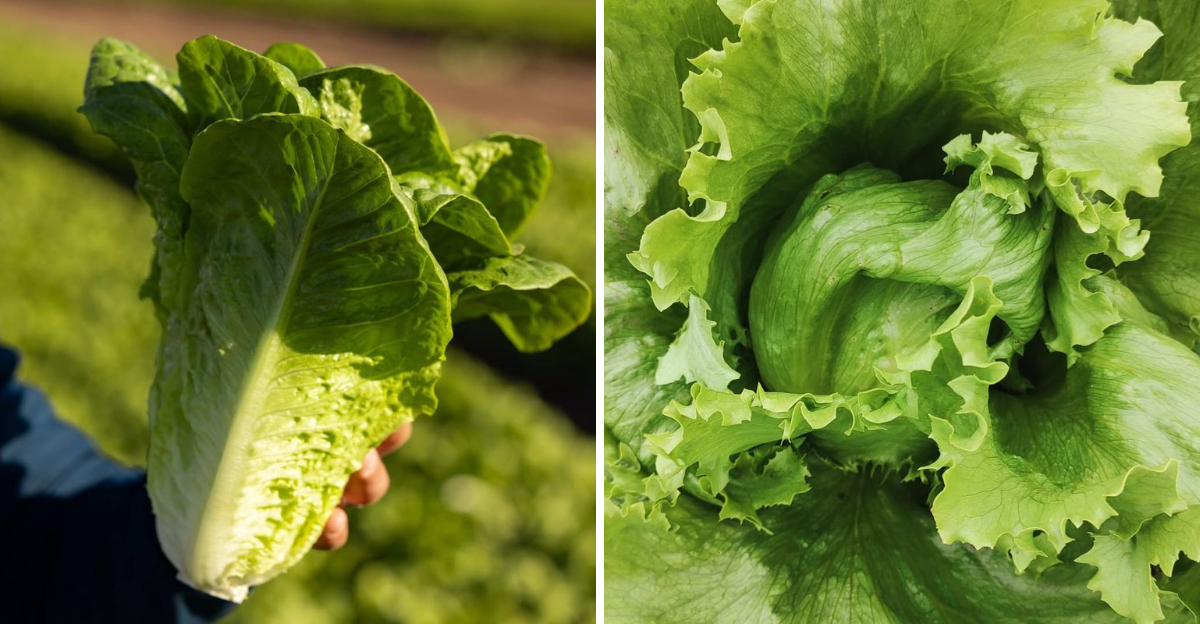
Lettuce, a staple in salads and a beloved base in various dishes, offers a wide range of textures, flavors, and colors. Whether you’re crafting a fresh salad, looking for a crunchy wrap, or adding a pop of color to your plate, understanding the different types of lettuce and their uses can elevate your culinary creations. This guide explores 12 diverse types of lettuce and how to make the most of each one in your kitchen.
1. Romaine Lettuce
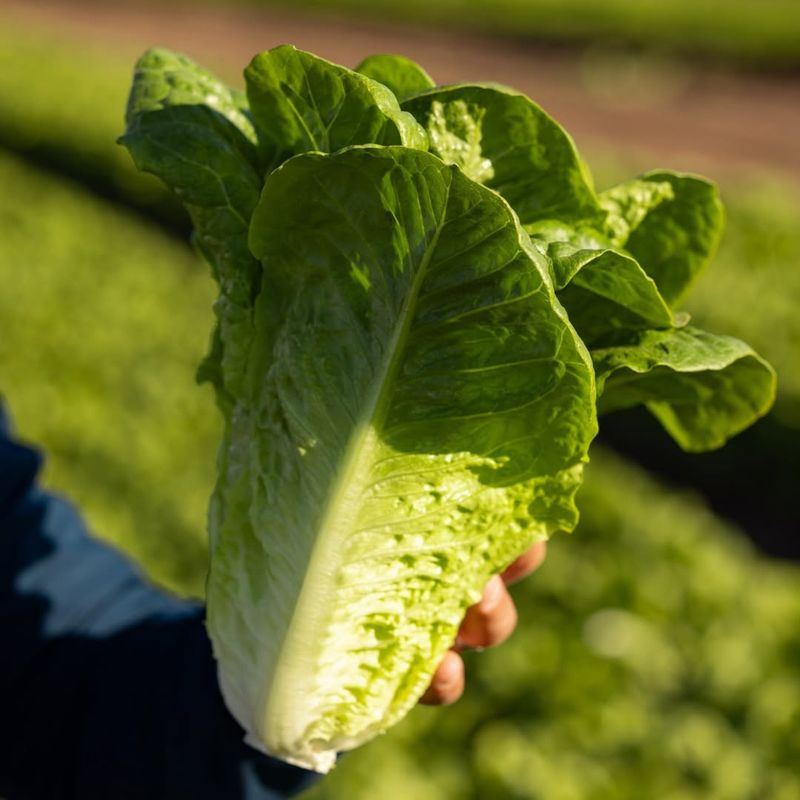
Romaine lettuce, with its long, sturdy leaves and crisp texture, is a favorite for Caesar salads. Its slightly bitter taste and robust leaves make it perfect for salads, sandwiches, and wraps.
When grilling, Romaine’s ability to hold its shape offers a unique twist to traditional salad preparations. Simply halve the heads and grill lightly for a smoky flavor.
Beyond salads, consider using Romaine as a low-carb wrap substitute, its leaves providing a crunchy base for various fillings.
2. Butterhead Lettuce
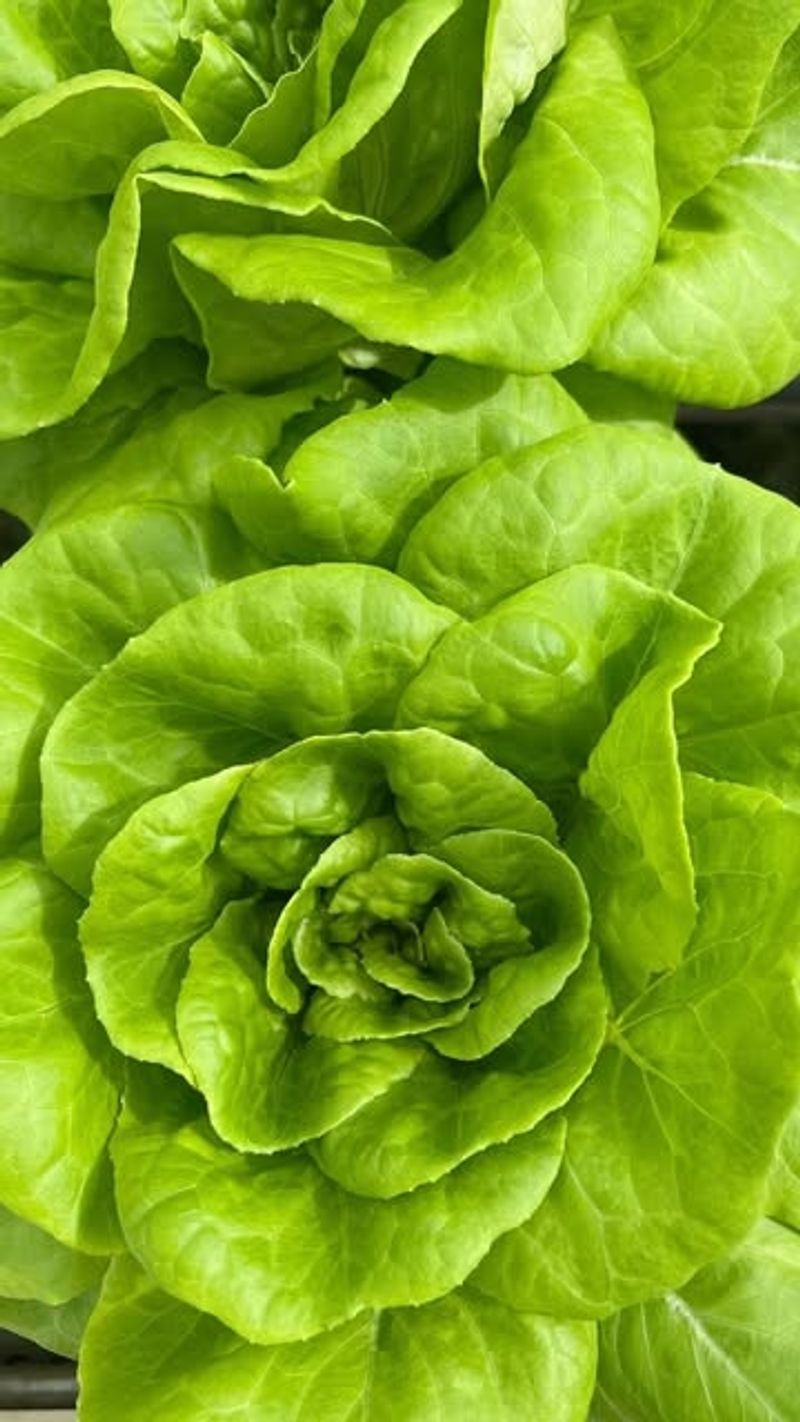
Butterhead lettuce varieties, including Boston and Bibb, are known for their soft, tender leaves and mild flavor. Their loose heads and delicate texture make them ideal for light, airy salads.
The leaves’ natural cup shape is perfect for holding dressings or being used as edible bowls for appetizers.
Incorporate Butterhead lettuce in wraps or sandwiches to add a hint of sweetness and a soft texture that complements crunchy ingredients.
3. Iceberg Lettuce
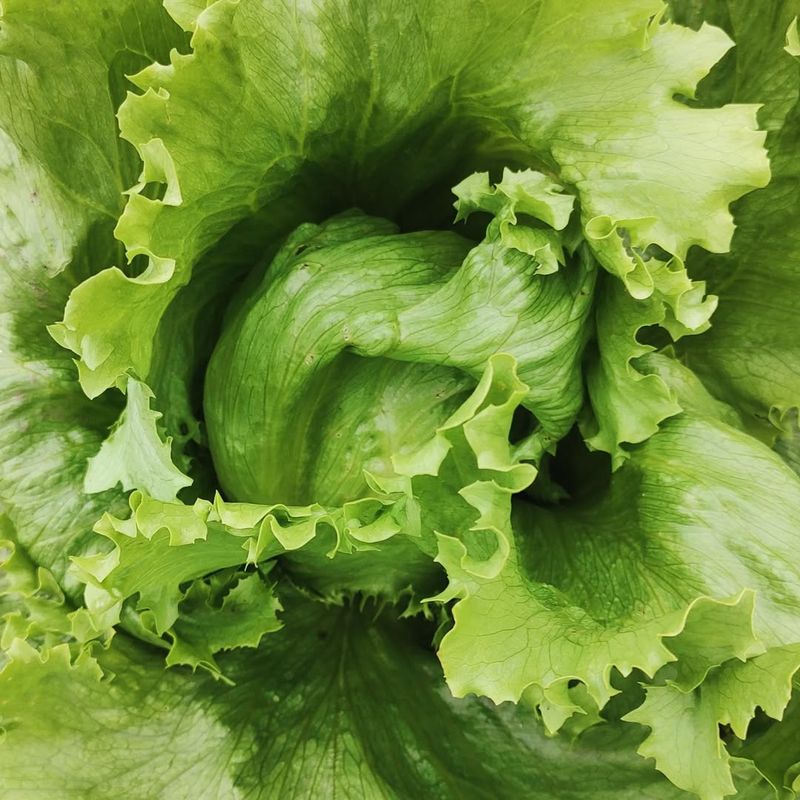
Iceberg lettuce, famous for its crunchy texture and mild flavor, is often used in wedge salads and burgers. Its pale green leaves are tightly packed, adding a refreshing crunch to dishes.
Layer Iceberg in sandwiches for an extra crisp bite or chop it into bite-sized pieces for salads.
Although low in nutrients compared to other varieties, its texture makes it a popular choice for adding bulk and crunch.
4. Green Leaf Lettuce
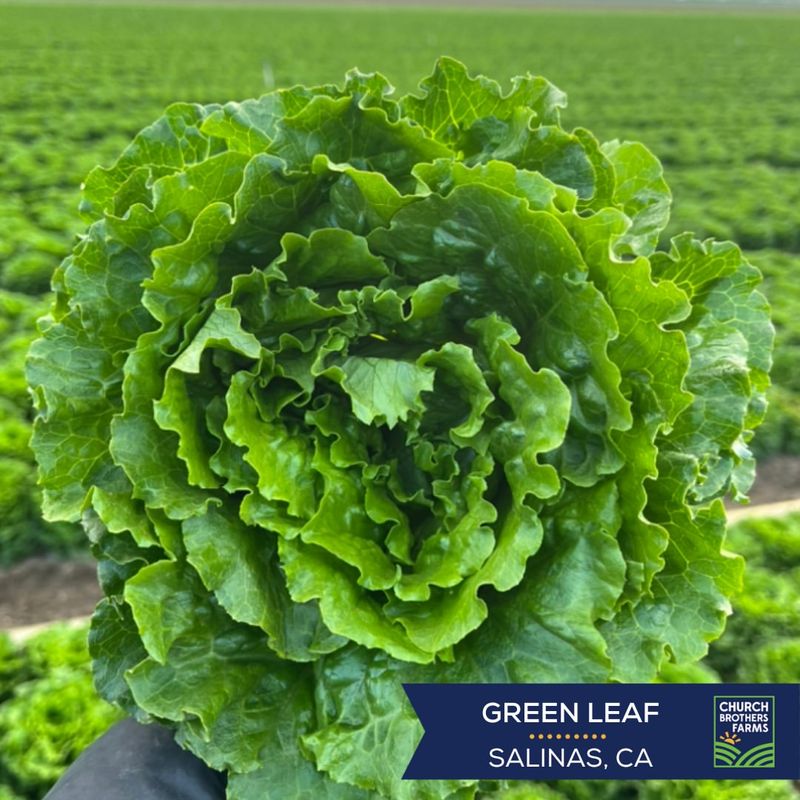
Green leaf lettuce offers a mildly sweet flavor and tender leaves, making it a versatile option for salads. Its ruffled texture adds visual interest to dishes.
This variety pairs well with a variety of dressings, from creamy to vinaigrettes, enhancing its subtle flavors.
Use it as a bed for grilled proteins, where its vibrant color and texture can shine, or mix it with other greens for a diverse salad experience.
5. Red Leaf Lettuce
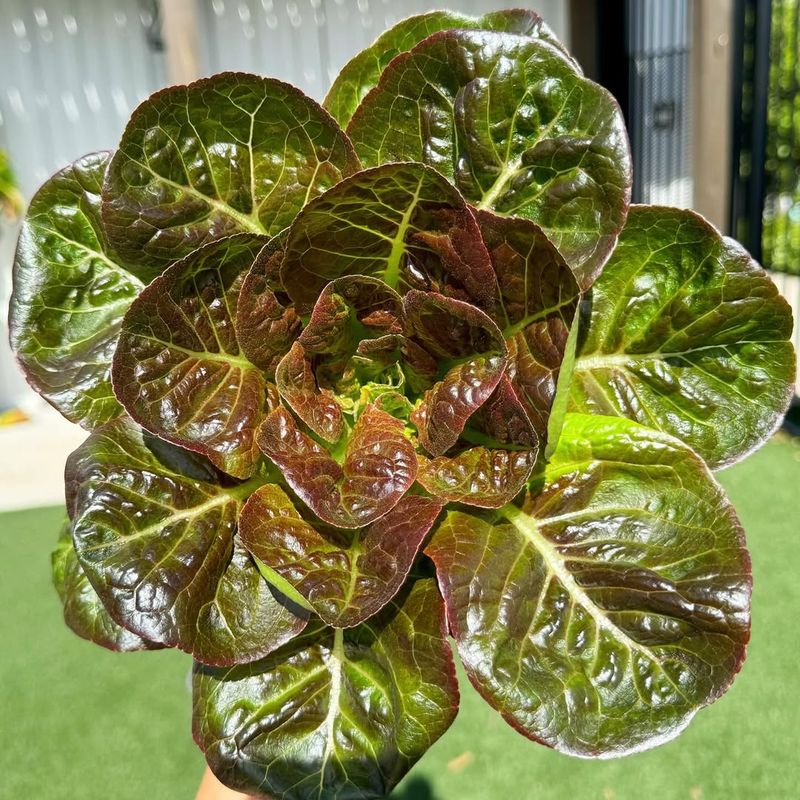
Red leaf lettuce is prized for its colorful leaves and mild, slightly nutty flavor. Its vibrant red and green tones add a splash of color to salads.
The tender leaves can be torn and used in mixed salads, complementing other greens with their unique hue.
Red leaf lettuce also works well as a garnish, providing a pop of color and a subtle taste that doesn’t overpower other ingredients.
6. Oakleaf Lettuce
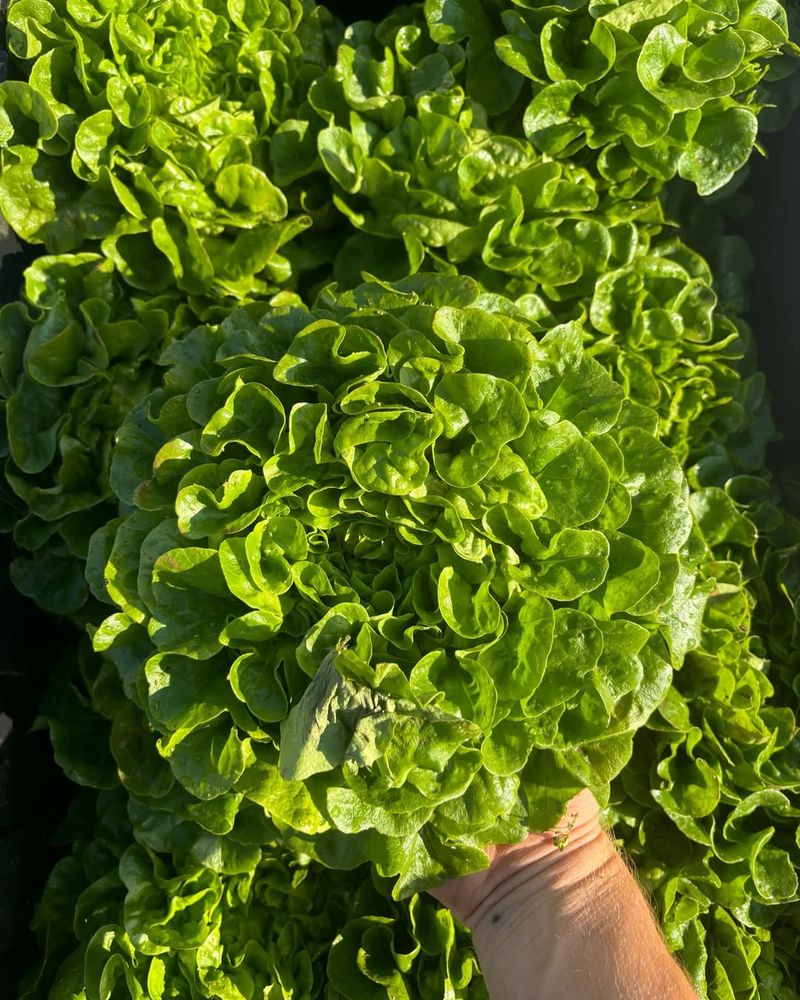
Oakleaf lettuce features lobed leaves resembling oak tree leaves, with a mild flavor that’s slightly sweet. Its delicate texture makes it perfect for salads and as a garnish.
The leaves’ unique shape adds an element of interest to dishes, making it a visually appealing choice.
Oakleaf lettuce is also suitable for layering in sandwiches, where its subtle flavor complements stronger ingredients like cheeses and meats.
7. Little Gem Lettuce
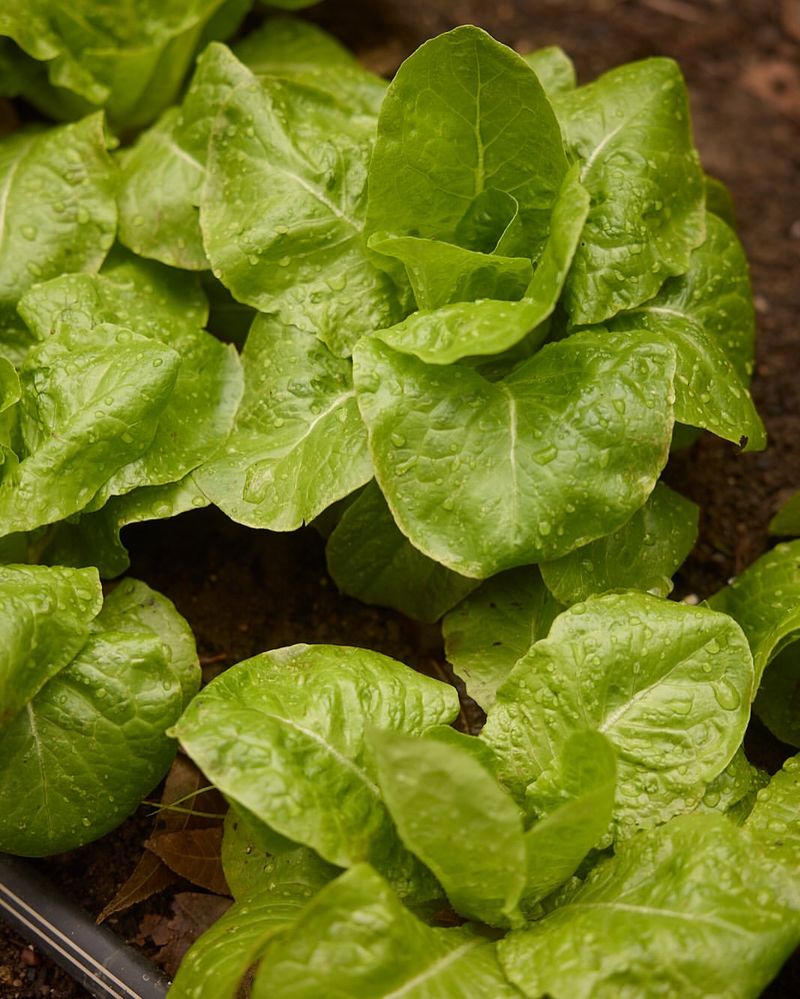
Little Gem lettuce, a hybrid between Romaine and Butterhead, offers a sweet taste and crisp texture in a compact size. Its small heads are perfect for individual salads or as a side dish.
The leaves are sturdy enough to hold heavier dressings, making them ideal for robust salads.
Little Gem can also be grilled or roasted, adding a new dimension to its flavor profile and offering a unique dish presentation.
8. Arugula
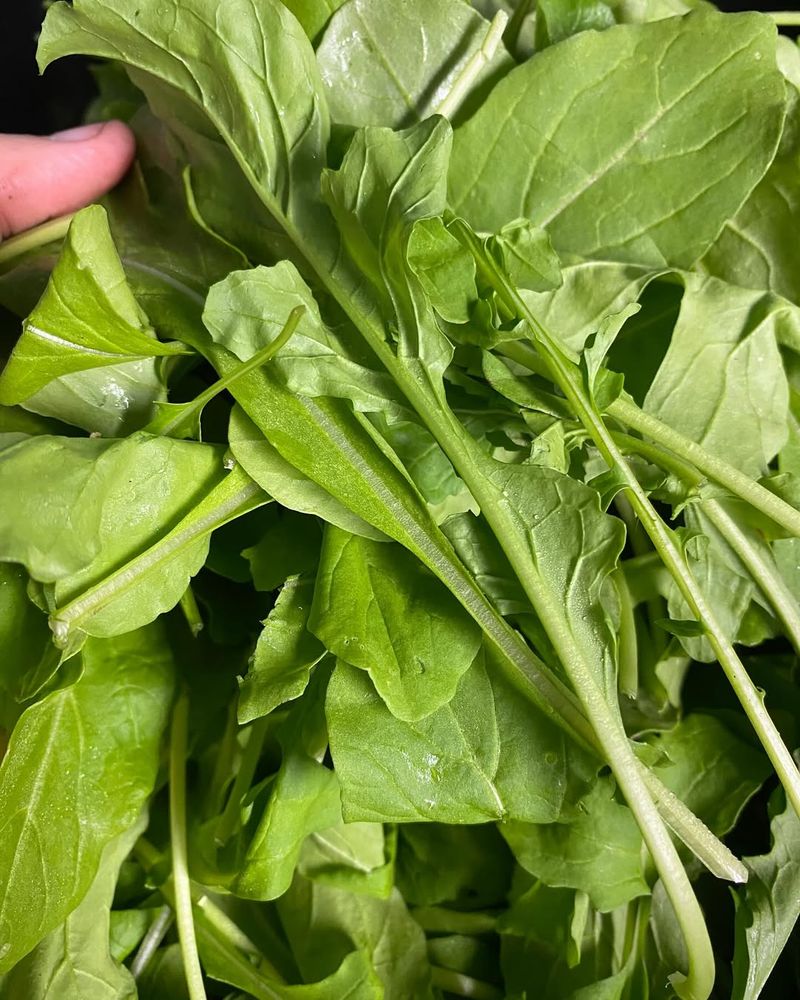
Arugula, though not a lettuce, is often grouped with them for its leafy green qualities. It offers a peppery, bold flavor that can spice up any salad mix.
Its slender leaves work well as a pizza topping or in pasta dishes, adding a fresh contrast.
Arugula’s strong taste is balanced when paired with sweet or creamy ingredients, making it versatile in both raw and cooked dishes.
9. Endive
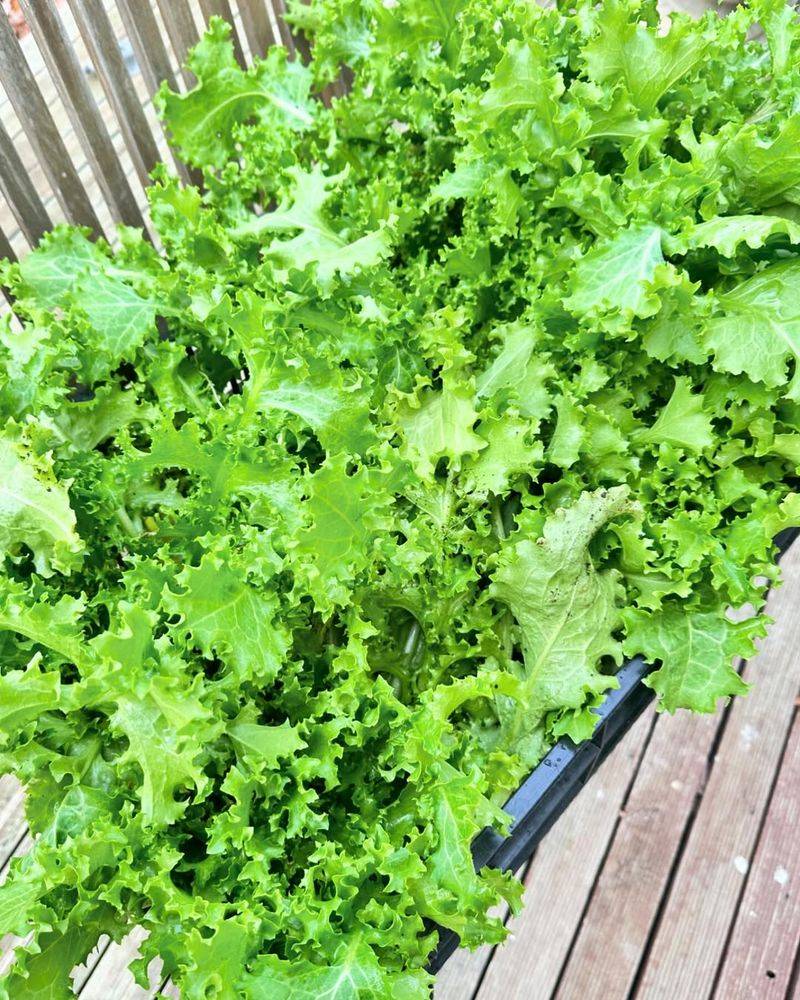
Endive, with its pale, tightly-packed leaves, offers a slightly bitter taste that stands out in salads. Its crisp texture makes it an excellent choice for appetizers and finger foods.
Use endive leaves as scoops for dips or fillings, providing a crunchy bite and unique flavor.
When cooked, such as braised or grilled, endive’s bitterness mellows, offering a subtle flavor that pairs well with sweet or savory dishes.
10. Frisée
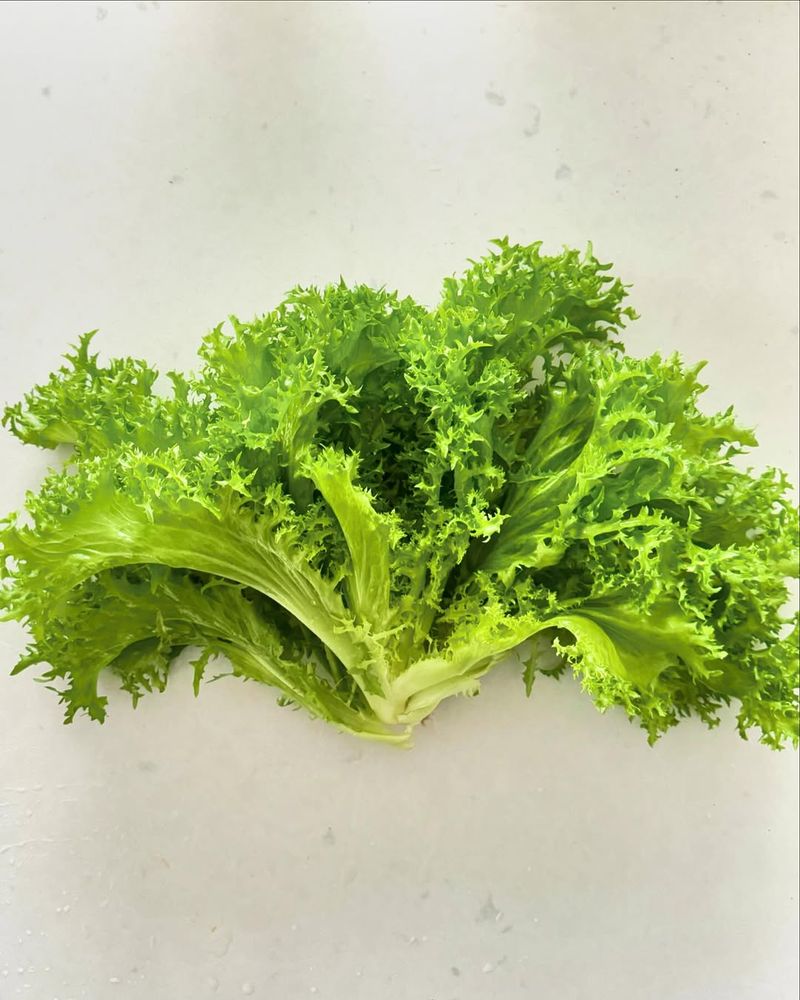
Frisée, known for its frizzy and curly leaves, adds texture and visual appeal to salads. Its slightly bitter taste is often balanced with sweet or tangy dressings.
Use Frisée as a base for salads paired with strong cheeses, nuts, and fruits.
Its texture holds up well under heavier dressings, allowing for creative pairings that enhance its natural flavors.
11. Radicchio
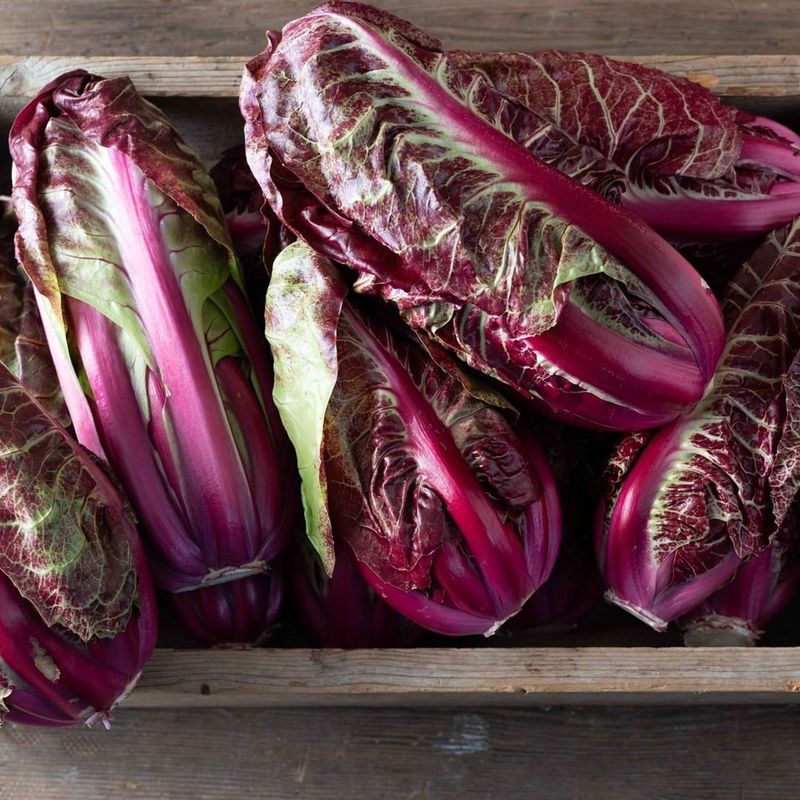
Radicchio’s vibrant red leaves and bitter flavor make it a bold addition to salads. Its striking appearance adds color and texture to dishes.
Pair radicchio with sweet fruits or balsamic dressings to balance its bitterness.
Grill or roast radicchio to mellow its flavor, serving as a warm side dish or adding depth to salads.
12. Mâche (Lamb’s Lettuce)
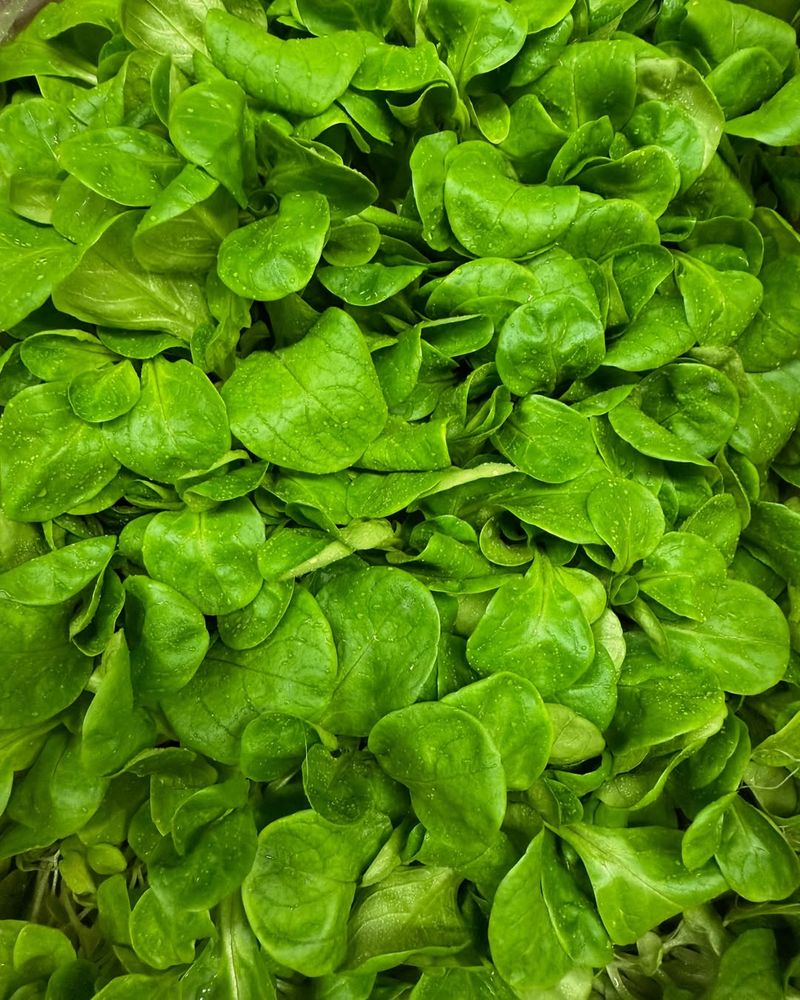
Mâche, or lamb’s lettuce, is known for its soft, velvety leaves and mild, nutty flavor. Its tender leaves make it a delicate addition to salads.
Mâche pairs well with citrusy or nut-based dressings, enhancing its subtle flavors.
Use Mâche as a garnish or mix it with other lettuces to add a touch of elegance and a mild taste to dishes.
